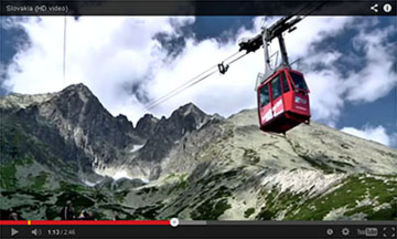North-west of Rožňava in the east of Slovakia, in the valley of the Slaná river is the fairy tale-like two-storied manor house Betliar with four corner towers. It is a stately hunting manor surrounded by a wonderful English park with romantic structures including an artificial cave and waterfall.
Its interior is equally interesting, as it contains a picture gallery, music and hunting halls, a library, antique furniture and exotic collections. Its reconstruction won a EUROPA NOSTRA award.
The stately manor house the history of which is associated with the noble family of Andrássy was built in the valley of the Betliarsky potok brook below the thickly wooded slopes of the Volovské vrchy Mts. on the site of the original Bebek castle from the 15th century. A part of the walls of this castle was used upon the alteration of the Gothic mansion into the Renaissance-Baroque three-storeyed manor house in the 17th -18th century. The appearance of the manor house from the 19th century has been preserved, with minor modifications, to the present day.
One of the most remarkable things about the manor house is its main library. Leopold Andrássy established it in 1790 and the furniture and interior of the library are from the same period. More than 14 thousand volumes of mainly theological, historical, geographical and philosophical literature from the 15th to 19th century written in 6 different languages have been preserved in the library.
Until 1945, the manor house was used by the Betliar branch of the Andrássy family. It was nationalized after the Second World War; however, its original furnishing was preserved and the manor house became a museum with the exposition Housing Culture of the Nobility in the 18th and 19th century.
The manor house is surrounded by a beautiful English park. The park with the area of 57 hectares is one of the largest maintained parks in Slovakia and has been included in the list of the world historical gardens.
Source: Dajama






